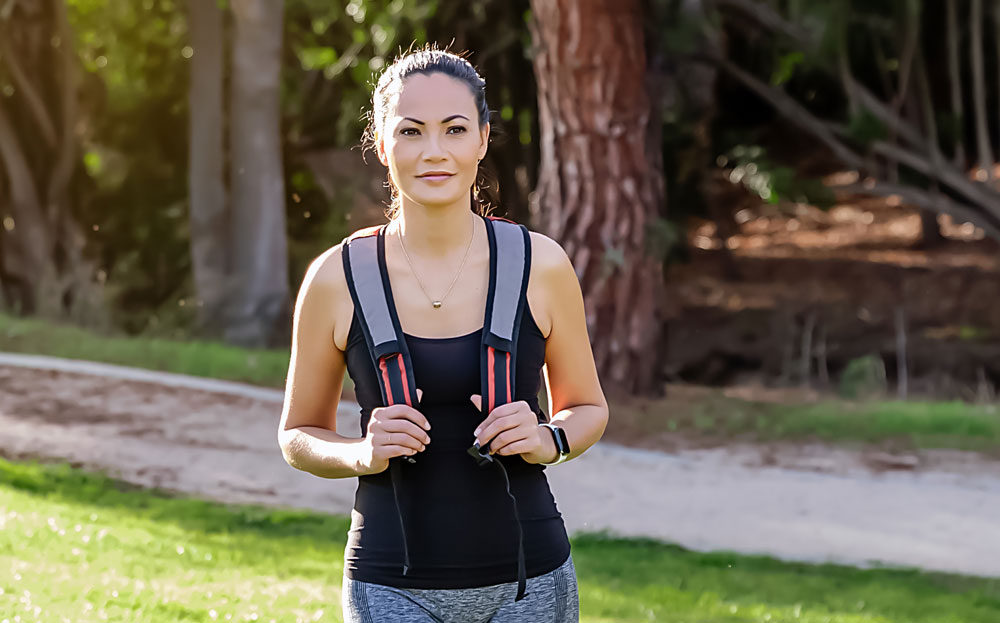
Weighted Vests — What's all the Hype?
What are Weighted Vests?
A weighted vest is exactly what it sounds like—a vest worn on the body during exercise that contains a fixed amount of weight or has adjustable pockets where weight can be added or removed. Many are designed to distribute weight evenly across your torso. Unlike a weighted backpack, which can strain your shoulders or back, a vest offers a more balanced and ergonomic load, making your workout more efficient.
What Are the Benefits of Weighted Vests?
Weighted vests are popular because they can intensify your workouts, accelerate results, and provide a whole host of health advantages. The benefits of weighted vests include:
Enhanced bone density – Weight-bearing exercises, such as those done with a weighted vest, can help improve bone density. This is especially important for preventing bone loss, osteoporosis, and fractures as we age.
Increased strength and endurance – The added resistance forces your muscles—especially in the legs, buttocks, core, and back—to work harder, resulting in improved strength and muscular endurance.
More calories burned – A weighted vest increases the amount of energy your body uses during exercise, helping you burn more calories and potentially aiding in weight loss.
Improved cardiovascular health – The intensity of the workout increases with weight resistance, causing your heart rate and oxygen intake to also increase. Over time, this improves the endurance and health of your heart and lungs.
Better posture and balance – Wearing a weighted vest engages your core muscles, which helps promote better posture and balance during workouts.
Safety of Weighted Vests
This includes individuals with:
- Chronic back, shoulder, knee, or joint pain
- Heart or lung conditions
- Balance disorders
- Muscle weakness
- Pregnancy
Getting Started with a Weighted Vest
Weighted vests can be used for a variety of workouts--from low-impact activities like walking to high-impact routines such as running, climbing stairs, and body weight exercises like push-ups and squats.
Here are a few key tips for getting started:
Proper Weight and Fit – Select a vest appropriate for your body weight and fitness level. It should fit snugly but comfortably to avoid shifting or causing discomfort during movement.
Start Light and Progress Gradually - Begin with a lighter load and slowly increase the weight as your strength and stamina improve. Experts recommend keeping the weighted vest at no more than 10% of your body weight. For example, if you weigh 120 pounds, start with a vest weighing no more than 12 pounds. If you are doing well using a weighted vest for walking, you might progress and use a weighted vest for running.
Focus on Form and Technique – Maintain proper posture and movement while wearing the vest. Engage your core muscles to stabilize the added weight and reduce the risk of injury.
Adjust as Necessary – Listen to your body and adjust the weight, intensity, and duration of use based on how you feel during and after workouts.



